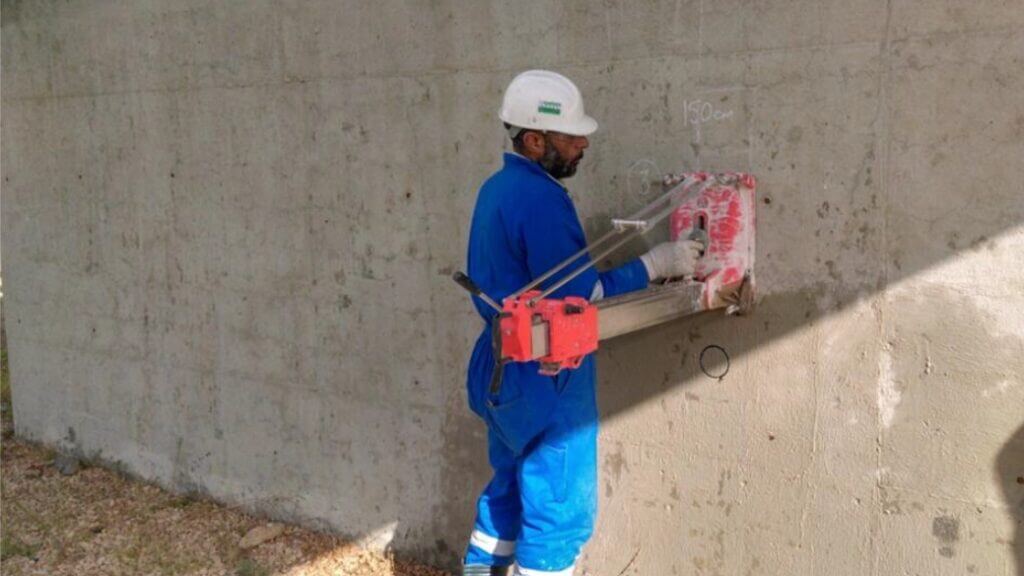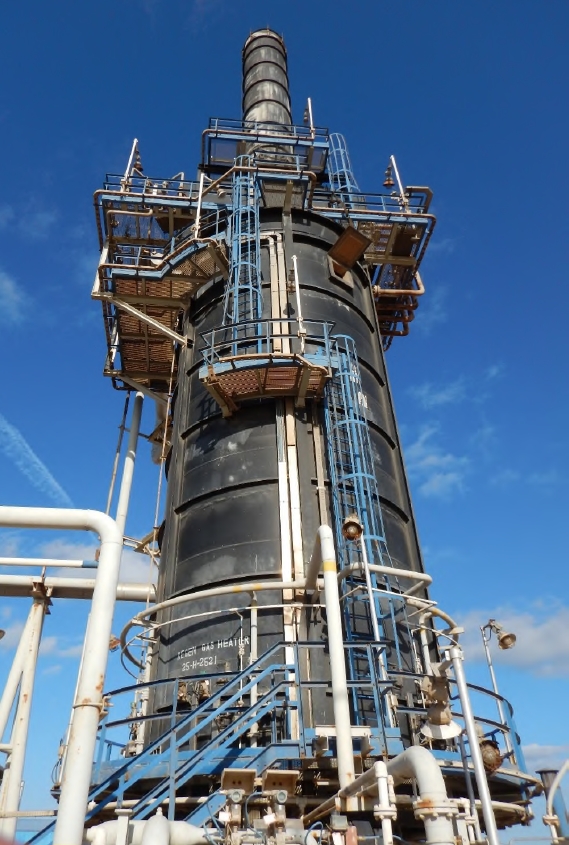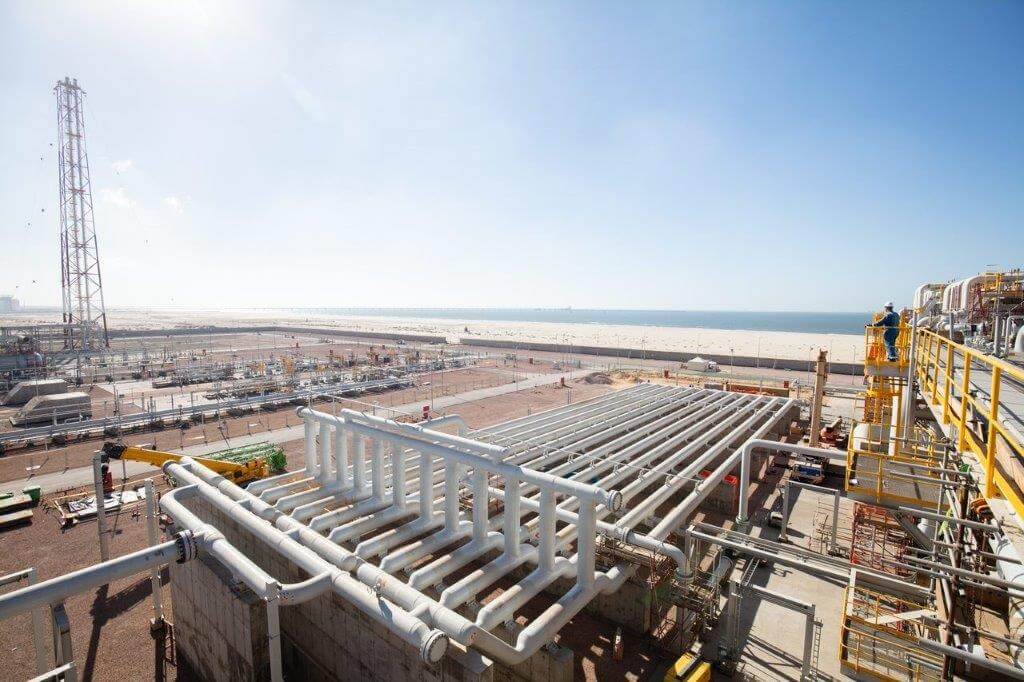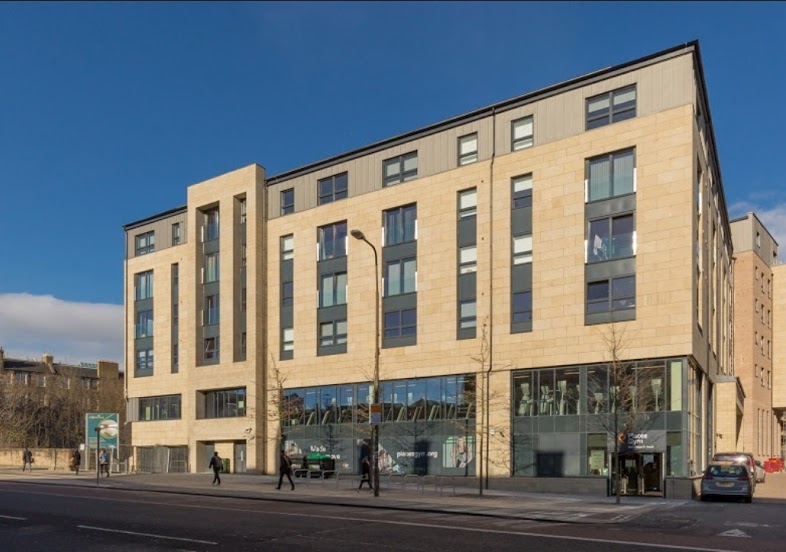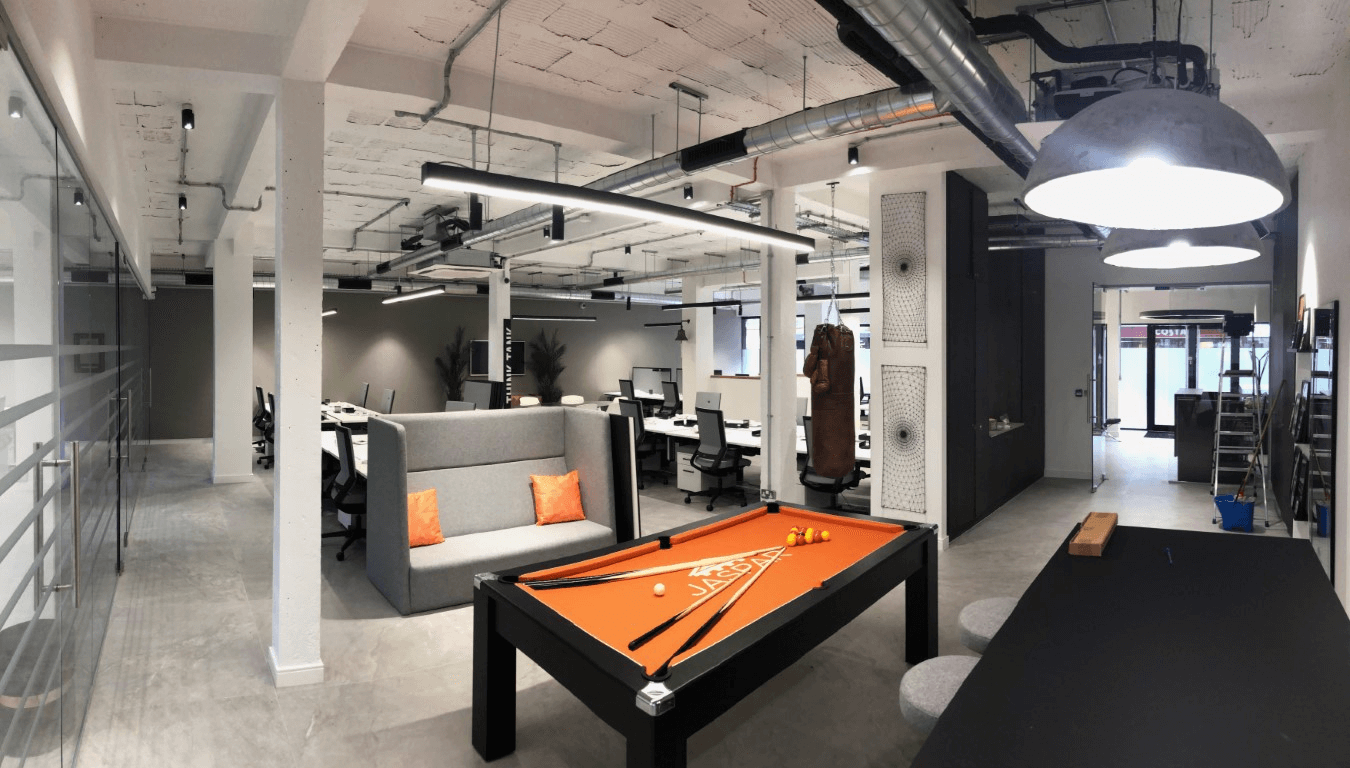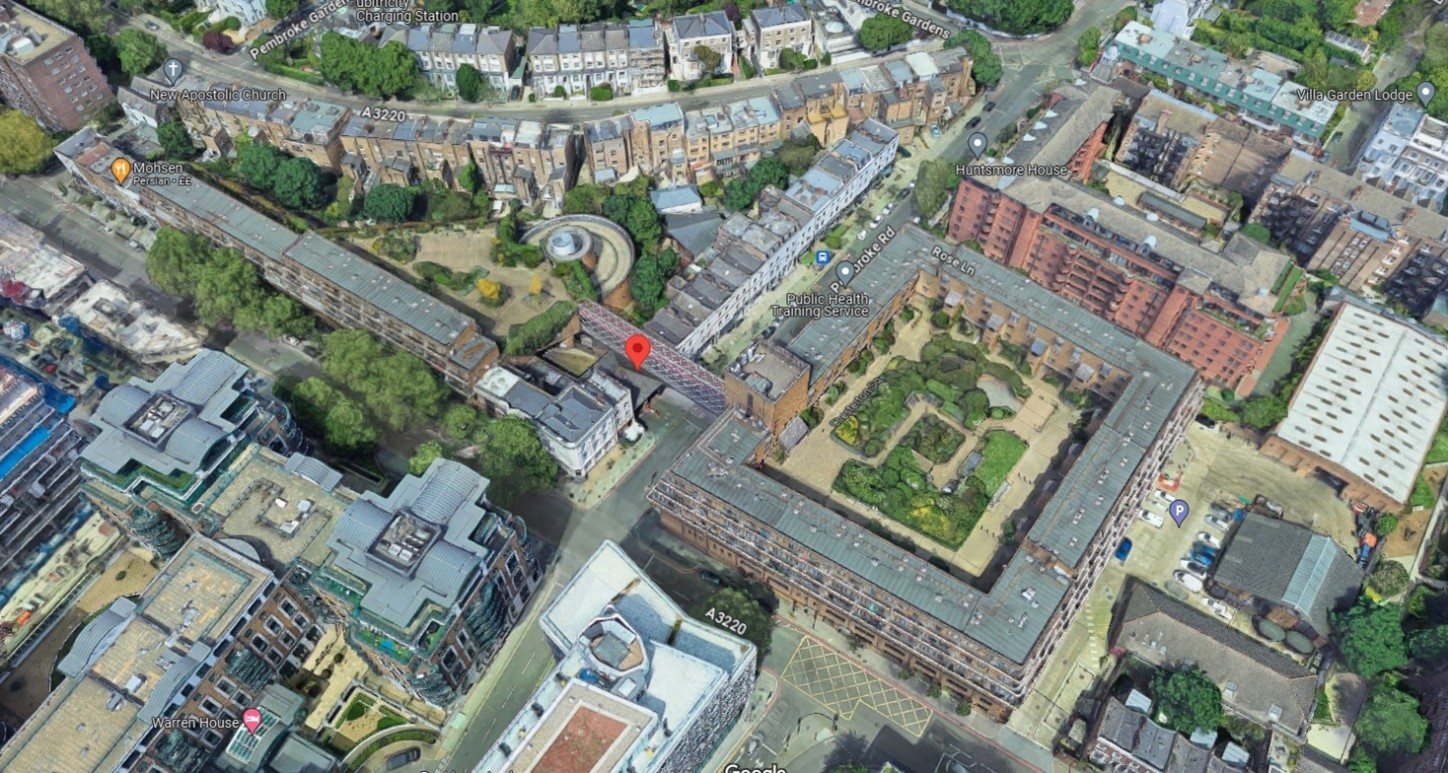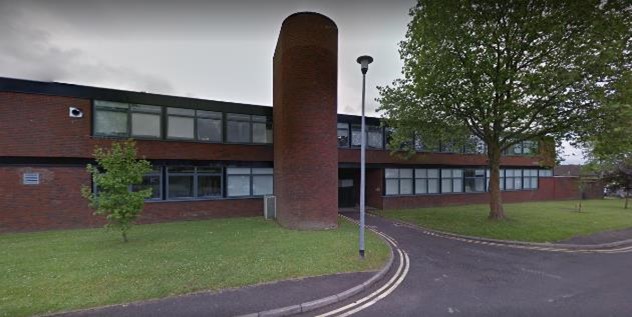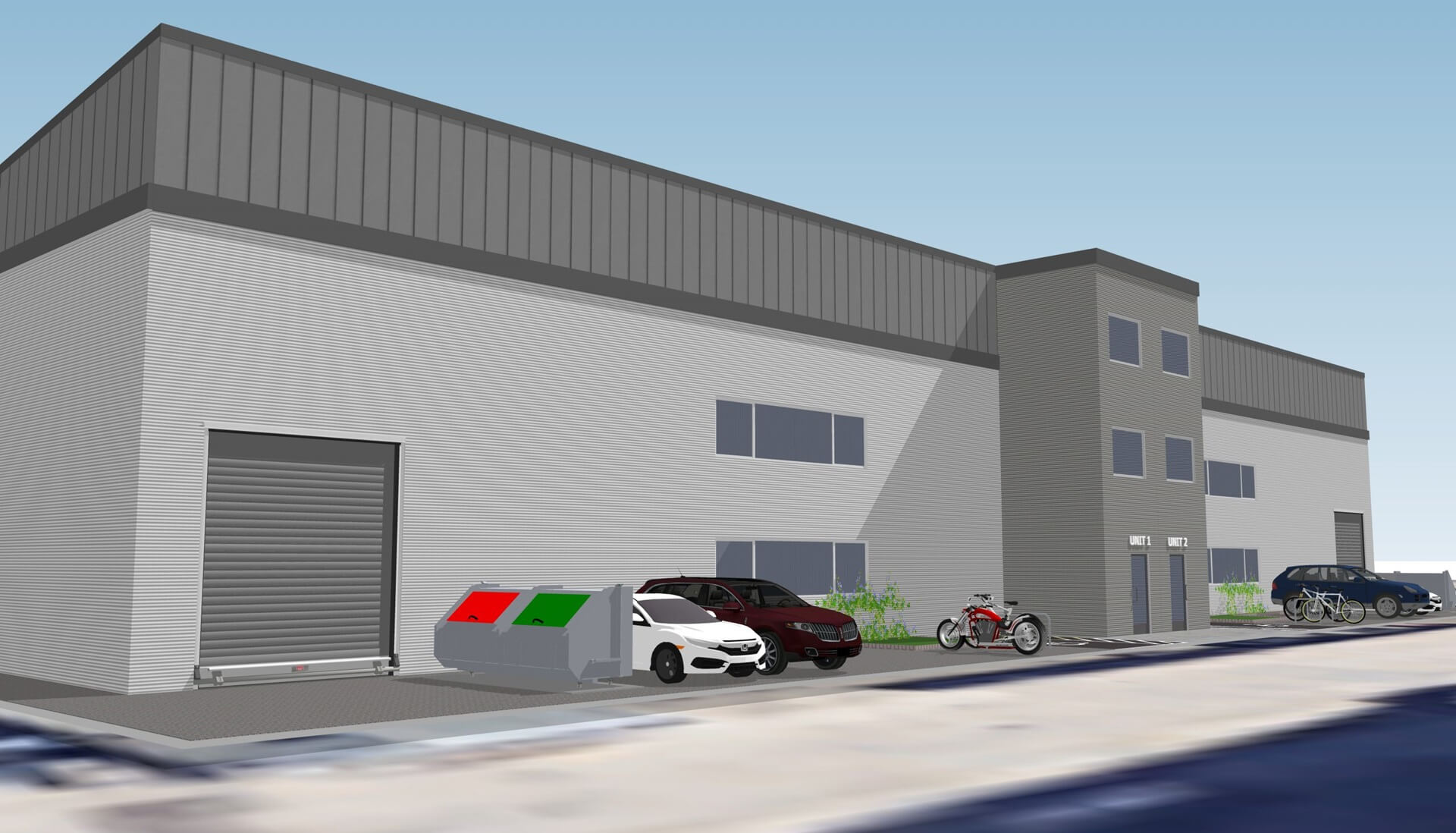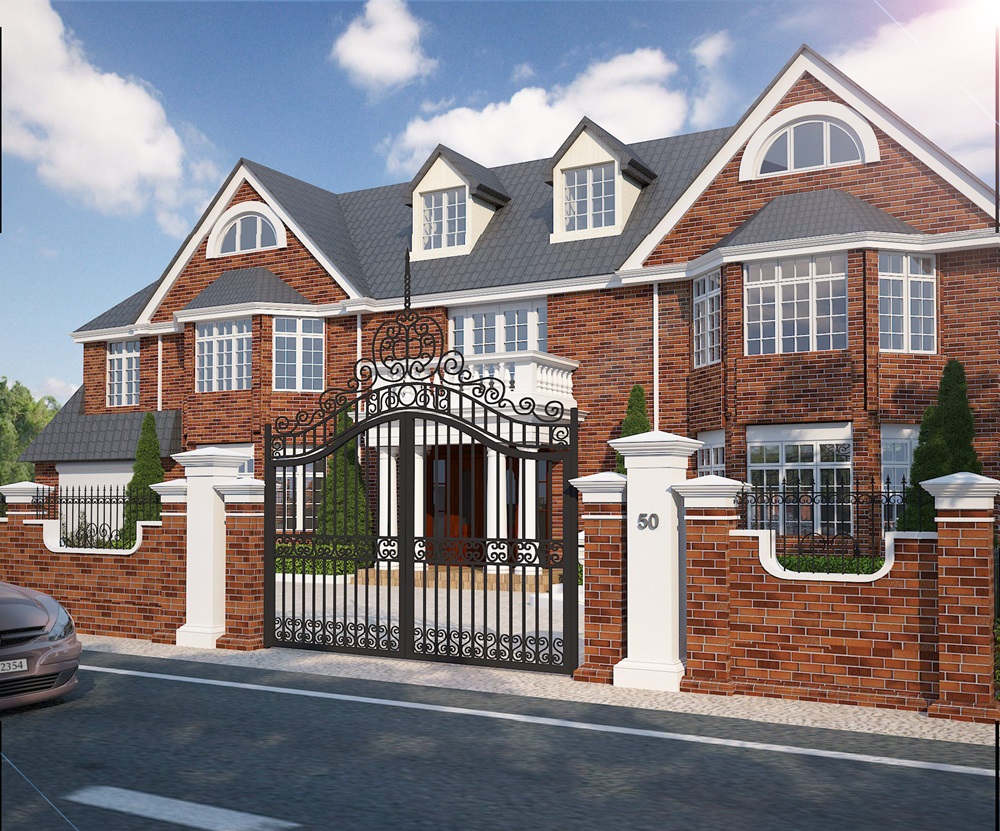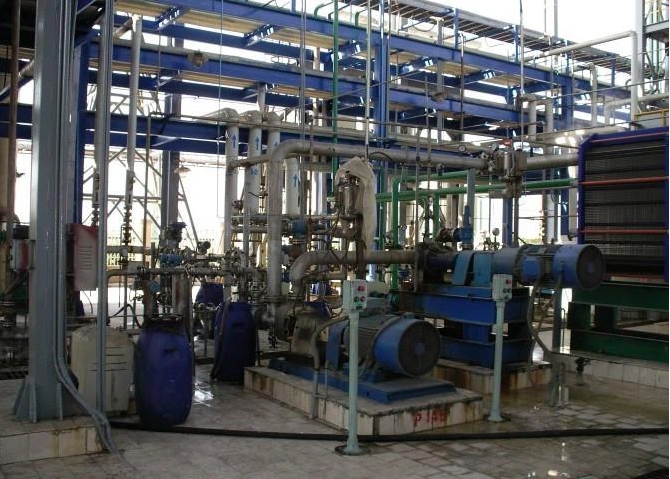BP GF Gas Plant – Slug Catcher Foundation Walls RC Repair
Beta Scope
Our scope comprised the following:
- Setting out a programme for the visual inspection, intrusive inspection, assessment, repair design, document submittal and execution.
- The visual inspection of the foundations, foundation walls and pipe support base plates.
- Preparing a structural inspection report detailing findings and recommending the scope for intrusive inspection (concrete strength) and NDT (chemical analysis, carbonation extent, chloride ions content).
- The structural assessment of the foundations due to revised loading during propose replacement of each wall at a time (adjacent walls would have to take the weight carried out by repaired wall).
- The repair method statement which was agreed after consultation with BP and Bechtel Field Engineers.
- Preparing new details for the pipe supports and base plate. The previous detail had the baseplate embedded into concrete leading to entrapment of water (laden with sea salts). This lead to corrosion of rebar. The rebar corrosion and expansion lead to concrete cracking as well as spalling of concrete pedestals.
- Designing and specifying the structural repair methods (and materials) which included:
- Scabbling of defective concrete
- Removing steel rust from baseplates and applying zinc coating
- Application of corrosion inhibitors to rebar
- Application of bond agent
- Application of concrete repair mortar.
- Supervising repairs on site.

Background
Beta Design Consultants acted as structural engineering consultant for Bechtel UK to carry out the structural inspection, structural assessment and repair design for the civil and structural facilities of BP Rosetta Gas Plant in Egypt (also known as Giza Fayoum Gas Plant). One of the main tasks in this contract was the repair of the slug catcher foundations walls.

The task presented unique challenges due to its location, maintenance history and client requirements. These challenges included:
- Strict programme to agree, tender and execute the works during a shutdown period of 12 months.
- Tight budget due to pre-forecast capital expenditure.
- Plant location on the Mediterranean coast, subject to a very corrosive coastal environment.
- Typically harsh petrochemical conditions (oily and chemical contaminants) affecting civil and structural facilities.
- The plant location in a seismic area (near Alexandria) meant all design had to consider seismic forces and seismic code requirements (ASCE 7-10 and AISC 341 Seismic Provisions).
The client’s future plan for the plant required the assessment and life extension of all civil and structural facilities to ensure they have a service life of 25 years.






